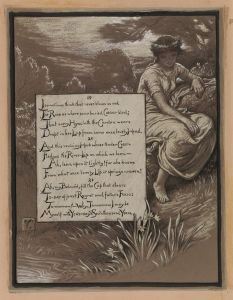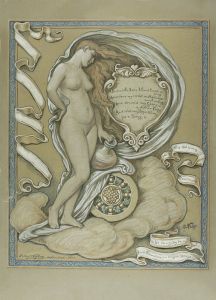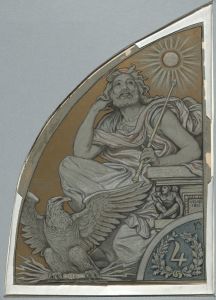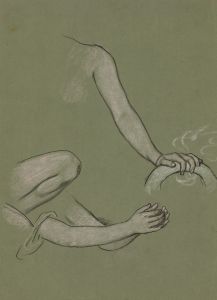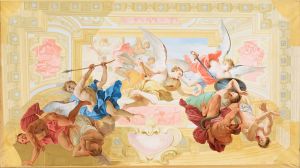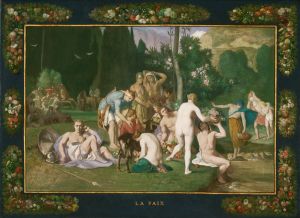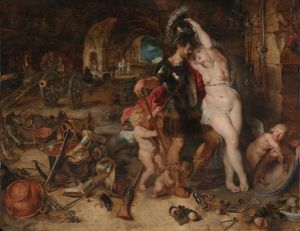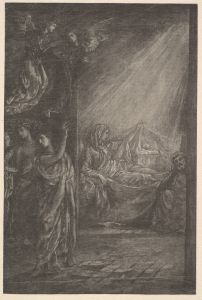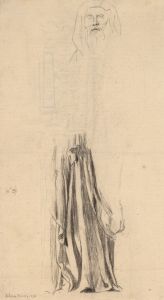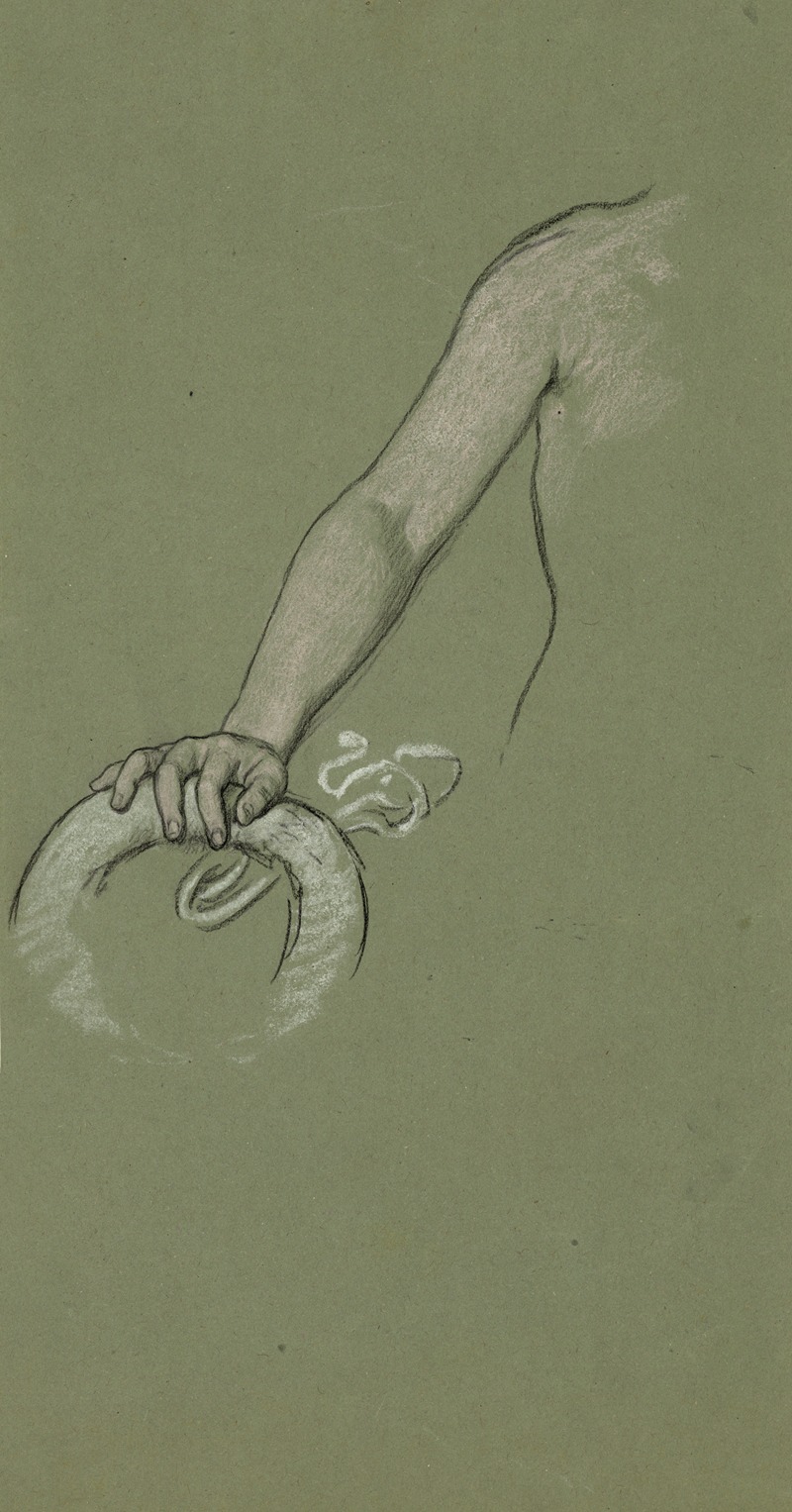
Study of wreath which became an olive branch held by Peace
A hand-painted replica of Elihu Vedder’s masterpiece Study of wreath which became an olive branch held by Peace, meticulously crafted by professional artists to capture the true essence of the original. Each piece is created with museum-quality canvas and rare mineral pigments, carefully painted by experienced artists with delicate brushstrokes and rich, layered colors to perfectly recreate the texture of the original artwork. Unlike machine-printed reproductions, this hand-painted version brings the painting to life, infused with the artist’s emotions and skill in every stroke. Whether for personal collection or home decoration, it instantly elevates the artistic atmosphere of any space.
Elihu Vedder was an American symbolist painter, born in 1836 and known for his allegorical works and illustrations. One of his notable works is "Study of wreath which became an olive branch held by Peace." This piece is a study drawing, which means it was a preliminary work created in preparation for a more finished piece. Vedder's studies often reveal his meticulous process and deep engagement with symbolism and allegory.
The study is connected to Vedder's broader interest in themes of peace and reconciliation, common motifs in his oeuvre. The olive branch, historically a symbol of peace, is a significant element in this study. In Western art and literature, the olive branch has long been associated with peace and victory, tracing back to ancient Greek and Roman traditions. By incorporating this symbol, Vedder aligns his work with a rich tradition of using visual metaphors to convey complex ideas.
Vedder's style is characterized by a blend of realism and symbolism, often employing classical motifs to explore contemporary themes. His work is part of the broader Symbolist movement, which sought to express ideas and emotions through symbolic imagery and was a reaction against the naturalism and realism that dominated the art world in the late 19th century. Symbolists like Vedder were interested in exploring the spiritual and mystical aspects of human experience, often using mythological and allegorical subjects to do so.
The study likely served as a preparatory work for a larger composition, possibly intended for a mural or a more comprehensive painting. Vedder was known for his large-scale projects, including murals and book illustrations, most famously his illustrations for Edward FitzGerald's translation of "The Rubaiyat of Omar Khayyam." His ability to convey complex narratives through detailed and symbolic imagery made him a sought-after artist for such projects.
Elihu Vedder's work, including this study, reflects his deep engagement with the philosophical and cultural currents of his time. He was part of a generation of artists who were responding to the rapid changes of the 19th century, including industrialization, scientific advancements, and shifts in philosophical thought. Through his art, Vedder sought to address these changes by drawing on timeless themes and symbols, creating works that were both contemporary and timeless.
While specific details about the "Study of wreath which became an olive branch held by Peace" are limited, it is clear that this work fits within Vedder's broader artistic vision. His studies, like this one, provide insight into his creative process and the symbolic language he employed to communicate his ideas. As with much of Vedder's work, this study invites viewers to reflect on the enduring themes of peace and reconciliation, encouraging a deeper understanding of the symbols that have shaped human culture for centuries.





